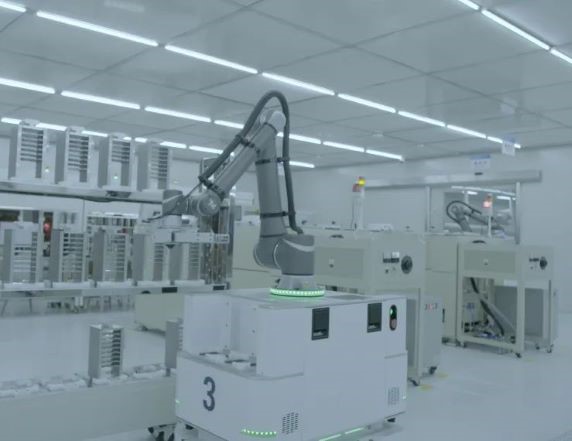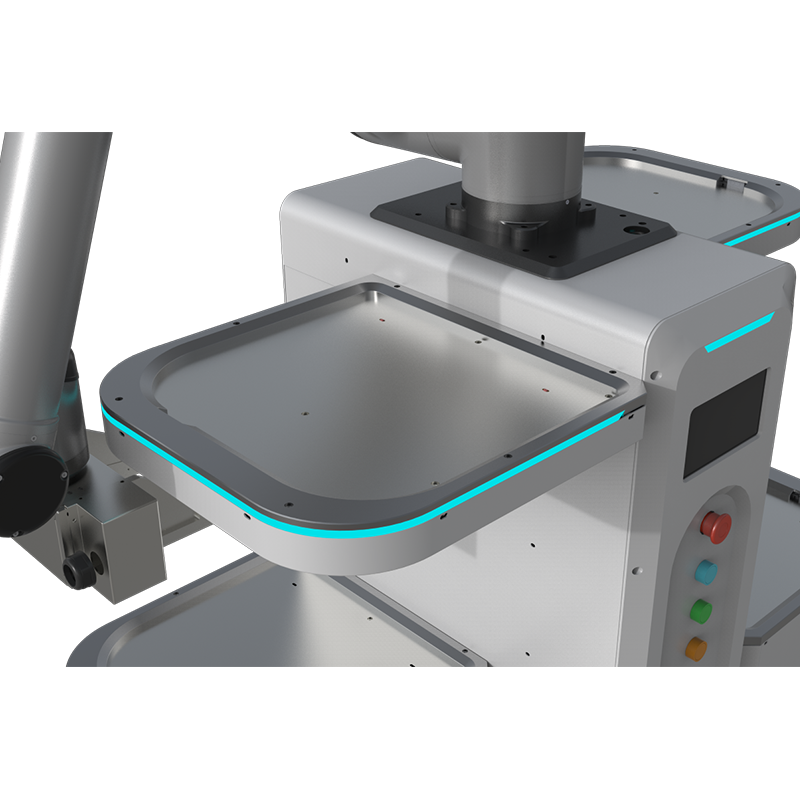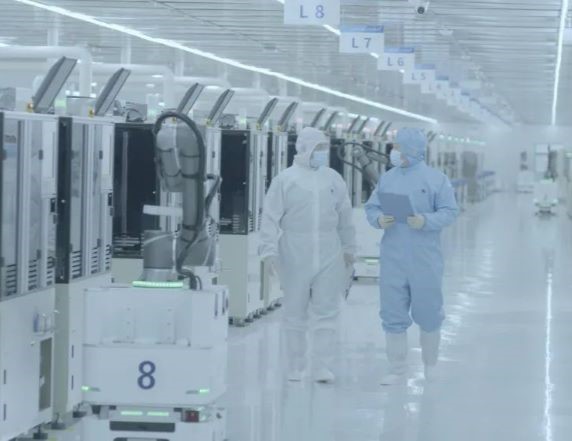
Have you ever wondered how robots navigate through complex environments with precision? The answer lies in laser navigation, a cutting-edge technology that has revolutionized the field of robotics. Laser navigation systems use lasers to create detailed maps of their surroundings, allowing robots to move autonomously and efficiently. In this article, we will explore the fascinating world of laser navigation and its applications.
The Power of Laser Navigation
Laser navigation enables robots to accurately perceive their environment by emitting laser beams and measuring the time it takes for them to bounce back. These lasers act as virtual eyes for the robot, scanning its surroundings and creating a real-time map. By analyzing this map, the robot can determine its position relative to objects in its vicinity.
This technology is particularly useful in dynamic environments where obstacles may appear or move unpredictably. With laser navigation, robots can adapt on-the-fly and find alternative paths when faced with unexpected barriers.
Youibot: A Pioneer in Laser Navigation

Youibot is one company at the forefront of laser navigation technology. They have developed advanced autonomous mobile robots (AMRs) that utilize laser-based sensors for precise localization and mapping capabilities.
These AMRs are equipped with high-resolution LiDAR (Light Detection And Ranging) sensors that emit thousands of laser pulses per second. These pulses bounce off surrounding objects, allowing the robot’s onboard computer to construct a detailed 3D map of its environment within milliseconds.
With Youibot’s innovative solutions, industries such as logistics, manufacturing, and healthcare can optimize their operations by automating material handling tasks previously performed manually or using less efficient methods.
The Rise of AMR Material Handling
amr material handling refers to the use of autonomous mobile robots for transporting goods and materials within a facility. This technology has gained significant traction in recent years due to its ability to enhance efficiency, reduce costs, and improve workplace safety.
By incorporating laser navigation systems into AMRs, companies can achieve precise and reliable transportation of goods. These robots can navigate through narrow aisles, avoid obstacles, and optimize their routes based on real-time data.
Furthermore, AMR material handling solutions offer scalability as they can be easily integrated into existing workflows without requiring major infrastructure changes. This flexibility makes them an attractive option for businesses looking to streamline their operations.
The Future of Laser Navigation
Laser navigation has already transformed various industries by enabling robots to perform complex tasks autonomously. As this technology continues to advance, we can expect even more remarkable applications in the future.
For instance, laser navigation could play a crucial role in the development of self-driving cars by providing accurate mapping and localization capabilities. Additionally, it may revolutionize search-and-rescue missions by allowing robots to navigate hazardous environments with precision.
In conclusion, laser navigation is a game-changing technology that empowers robots with spatial awareness and autonomy. Its applications span across industries and have the potential to reshape our daily lives. With ongoing advancements in this field, we are witnessing an exciting era where robotics and automation continue to push boundaries.

